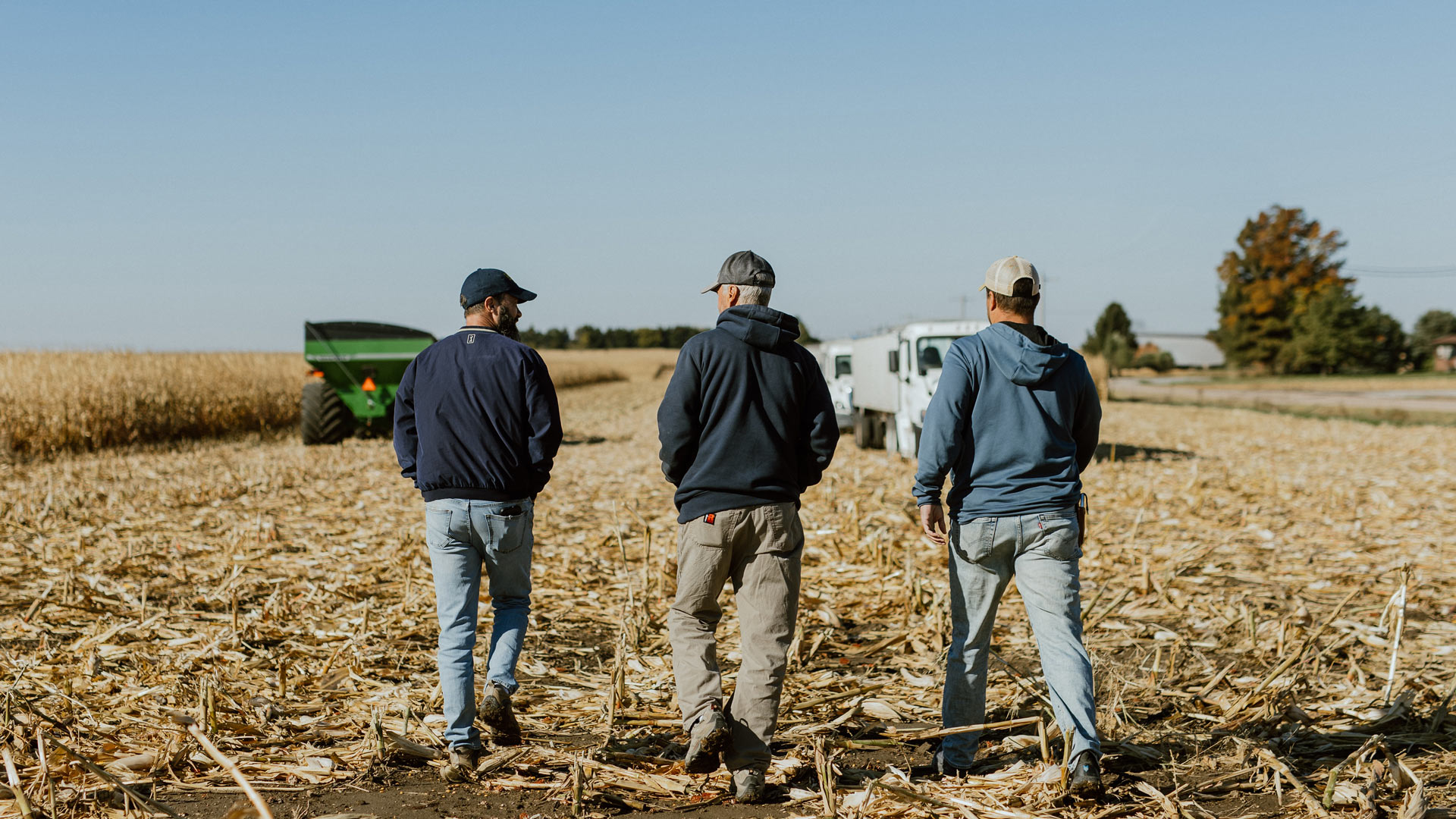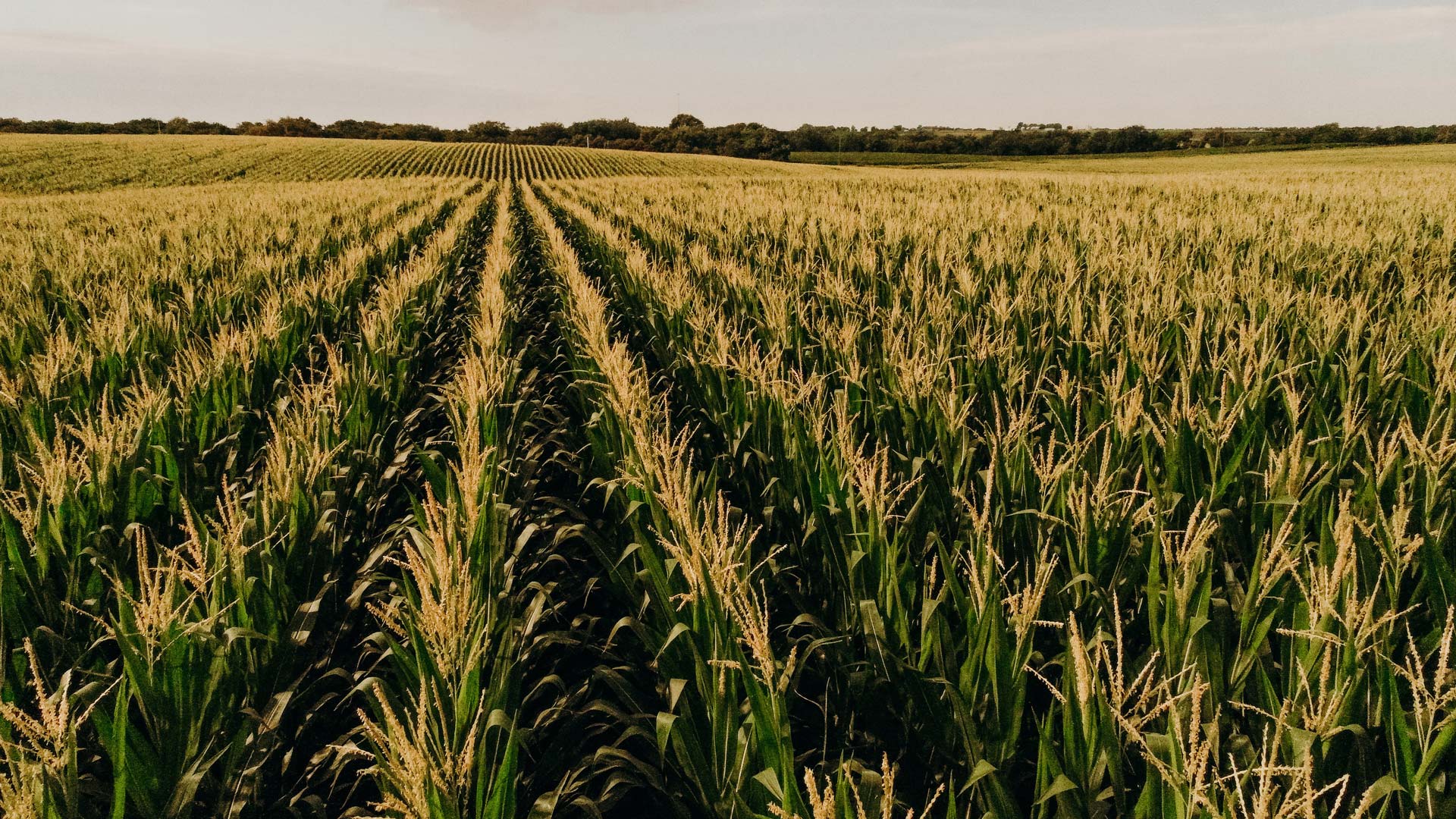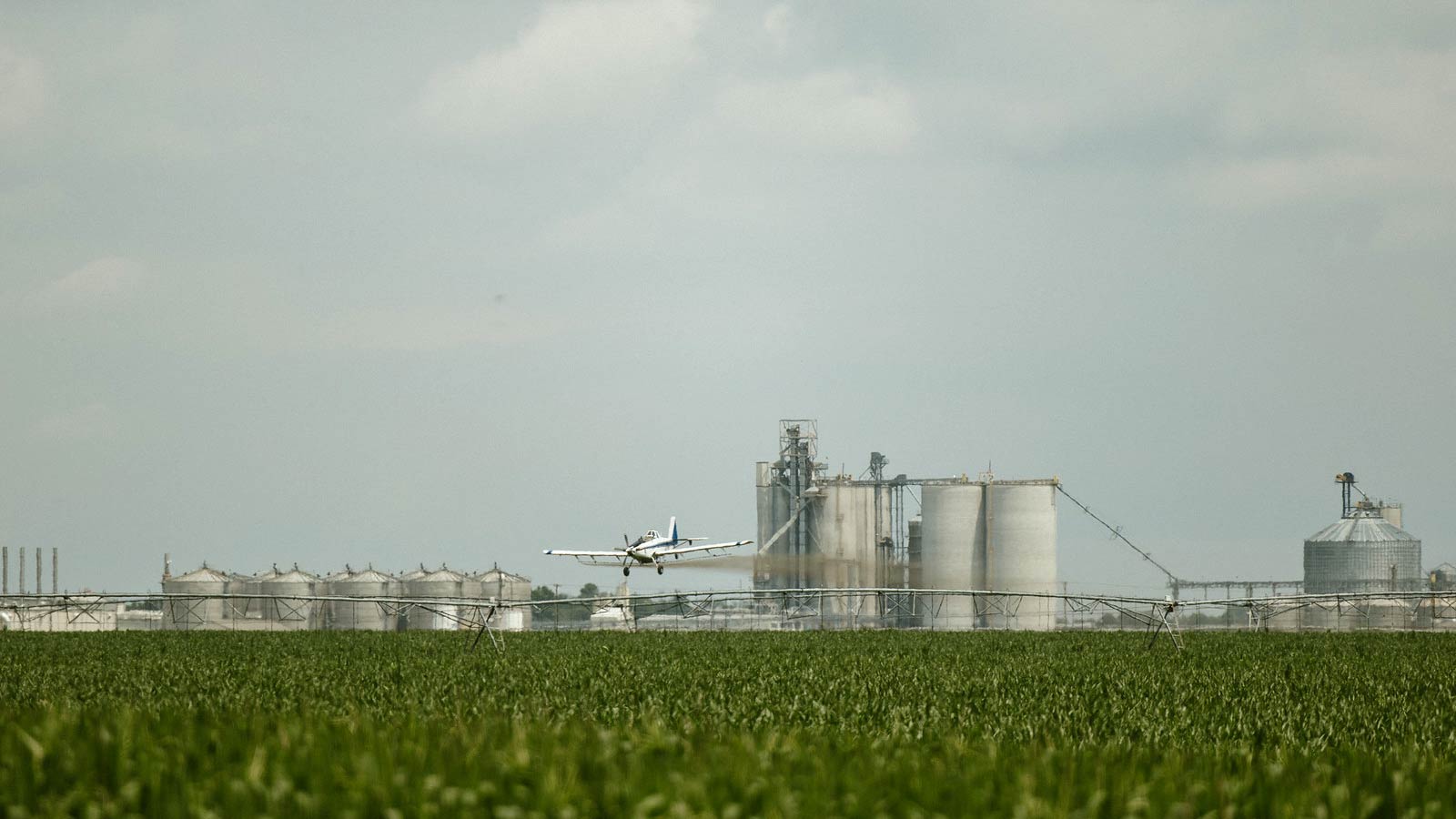1. Led a campaign to help Nebraska corn farmers recoup their losses from the Starlink recall, which brought some $11.4 million back to the state
2. Hosted media reporters from around the world to learn more about corn production and biotechnology
3. Participated in continual discussions with the auto industry regarding utilizing higher blend ethanol fuels
4. Published CornsTALK, a consumer-facing publication that appears in every Nebraska newspaper three to four times a year
5. Through the National Corn Growers Association, worked to expand interest and farmer involvement in the Soil Health Partnership
6. Worked with Indy 500 champ Tom Sneva to promote ethanol
7. Hosted scores of international trade teams in Nebraska
8. Leveraged Corn Congress in Washington, D.C. as an educational tool for LEAD, FFA and 4-H
9. Helped sponsor a beef mission to Japan following the earthquake and tsunami in 2011
10. Engaged in all trade agreements including GATT, NAFTA, WTO, CAFTA and more
11. Celebrated the 50 Billionth Bushel of Nebraska corn exported (1993)
12. Established an annual award to recognize industry and ag media leaders in Nebraska
13. Partnered on research with UNL including the release of the Decide NOW marketing app, Nebraska Corn Checkoff Presidential Chair and canopy sensor research for improved nitrogen fertilizer use efficiency
14. Was a member of a partnership that was awarded a $1.5 million federal grant to continue to increase the ethanol fueling infrastructure across the state
15. Helped establish the Industrial Ag Products Center at UNL
16. Showcased Nebraska farm families in a “Sustaining Innovation” campaign, including billboards on delivery trucks in Nebraska and in subway stations in Washington, D.C.
17. Organized a multi-commodity Farm Bill Task Force in 1993
18. Developed a Cattle Industry Forum to help promote beef
19. Organized the first Nebraska corn and beef Washington, D.C. Leadership Team
20. Supported key UNL education and communication initiatives including the Food Industry Building, Beadle Center, Veterinary Diagnostic Center, Nebraska College of Technical Agriculture (Curtis) and Raising Nebraska on the Nebraska State Fairgrounds
21. Sponsored Japanese researchers to study industrial uses for corn starch
22. Tested corn plastics with the City of Lincoln
23. Continued to promote the responsible expansion of our livestock industry through the Alliance for the Future of Agriculture in Nebraska (AFAN)
24. Battled media attacks such as “King Corn,” “Food, Inc.” and “Frankenfoods”– and helped promote “Farmland,” a documentary film released in 2014
25. Coordinated a corn farmer call-to-action for the Renewable Fuel Standard
26. Launched the updated American Ethanol branding campaign on pump labels as an extension of the corn industry’s partnership with NASCAR
27. Helped fund the Grow Nebraska Dairy initiative, which is targeting new dairy processing in the state
28. Supported student internships with major cooperators, including an international internship— providing the next generation of leaders an opportunity to network and increase understanding of the corn industry
Related Posts
How Precision Agriculture Takes Corn Farming into the Future
Precision agriculture is revolutionizing the way Nebraska corn farmers grow their crops. By using advanced technology and data analytics, growers are able to maximize yields while minimizing waste. This new approach is helping Nebraska [...]




